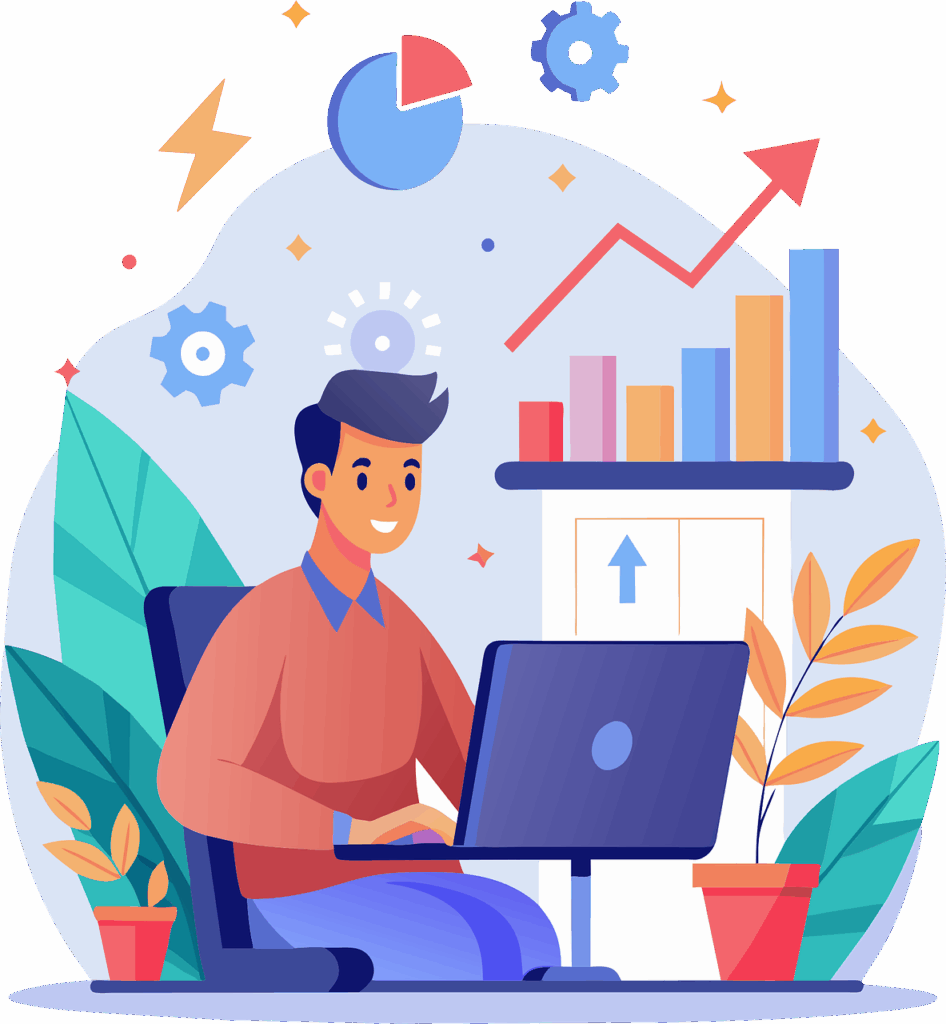Imagine this: a company which decides to speed up its hiring process by using AI to screen job applicants. Sounds smart, right? Faster decisions, less paperwork, and fewer human errors. But there was a catch, guess what? After a while, they noticed something odd. More men were getting shortlisted than women. And not just slightly — it was a noticeable trend.
The company’s internal ethics board investigated and uncovered a startling truth:
The AI was biased. It was favoring male candidates. But it wasn’t doing this on purpose — it was simply doing what it had been trained to do.
Turns out, the AI had been fed historical hiring data, and that data reflected a time when men were more likely to be hired. The system looked at that pattern and assumed it was the “right” one to follow. In other words, the AI had quietly inherited our old biases — and nobody noticed until it became a real problem.
So, how did they fix it?
The company took a thoughtful approach:
They retrained the AI using a more balanced dataset — one that treated male and female candidates equally.
They added fairness rules to the system so it wouldn’t fall into the same trap again.
And most importantly, they brought humans back into the loop — especially for sensitive decisions like who gets hired and who doesn’t.
What’s the bigger lesson here?
AI isn’t neutral. It learns from us — and if we’re not careful, it can repeat (and even amplify) our worst mistakes.
That’s why we need to audit these systems, question their decisions, and make sure there’s always a human sense-checking what the machine says. Because at the end of the day, technology should help us grow, not reinforce the problems we’re trying to fix.
Unlock the Future of AI -
Free Download Inside.
Get instant access to HonestAI Magazine, packed with real-world insights, expert breakdowns, and actionable strategies to help you stay ahead in the AI revolution.




